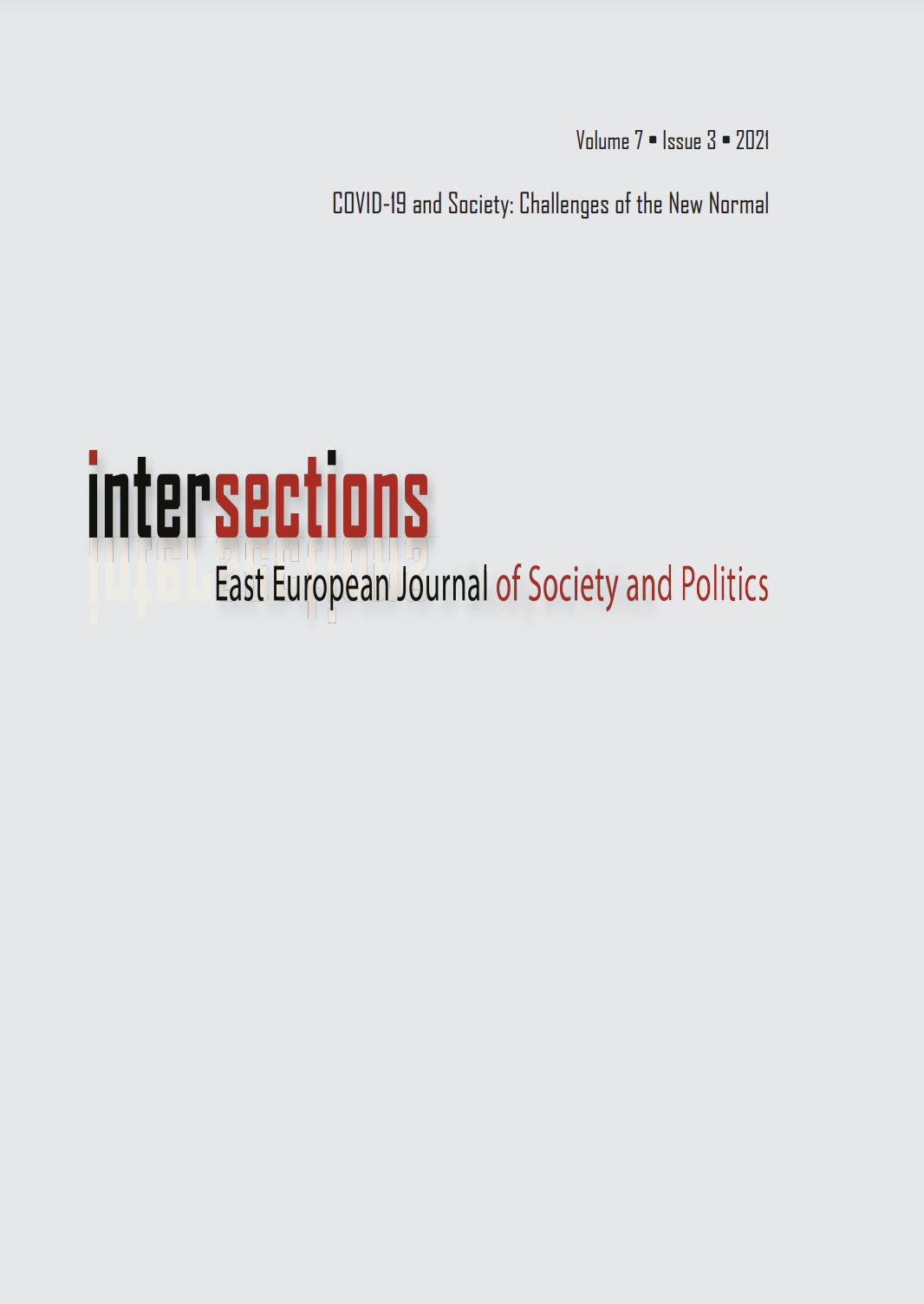Digital learning for disadvantaged students during COVID-19
Perceptions of teachers in Hungary’s after-school programmes
DOI:
https://doi.org/10.17356/ieejsp.v7i3.783Keywords:
digital learning, disadvantaged students, after-school programme, COVID-19Abstract
The digital learning instituted in Hungary in the spring of 2020 to halt the spread of the coronavirus there arguably encountered stumbling blocks as regards disadvantaged students. However, we have no information about the details, and mitigating these disadvantages is therefore fraught. The aim of our research is to shed light on the experience of digital learning among disadvantaged students.
We analysed responses to an online questionnaire completed by teachers at 48 of Hungary’s after-school programmes (ASPs) who were in contact with over 1000, mostly disadvantaged children. We discussed the questionnaire-based analysis with ten ASP representatives in online workshops.
In addition to ICT devices and Internet access, the lack of a learning space is also worth considering in promoting the establishment of objective conditions. In maintaining contact with parents, it is recommended that communication habits that differ from those of the middle class should be taken into account. Developing time management and other skills necessary for independent learning (e.g. reading comprehension, digital literacy) as well as alleviating the psychological burden represent a central task in similar situations. Our recommendations may be of use in the event of future school closures and in terms of facilitating digital learning among disadvantaged students.

Downloads
Published
How to Cite
Issue
Section
License
Copyright Notice
Authors who publish with this journal agree to the following terms:
Authors retain copyright and grant the journal right of first publication, with the work three months after publication simultaneously licensed under a Creative Commons Attribution License that allows others to share the work with an acknowledgement of the work's authorship and initial publication in this journal.
Authors are able to enter into separate, additional contractual arrangements for the non-exclusive distribution of the journal's published version of the work (e.g., post it to an institutional repository or publish it in a book), with an acknowledgement of its initial publication in this journal. This acknowledgement is not automatic, it should be asked from the editors and can usually be obtained one year after its first publication in the journal.



